15 Essential Audio Cassette Tape Tips From The 1970s That We All Loved
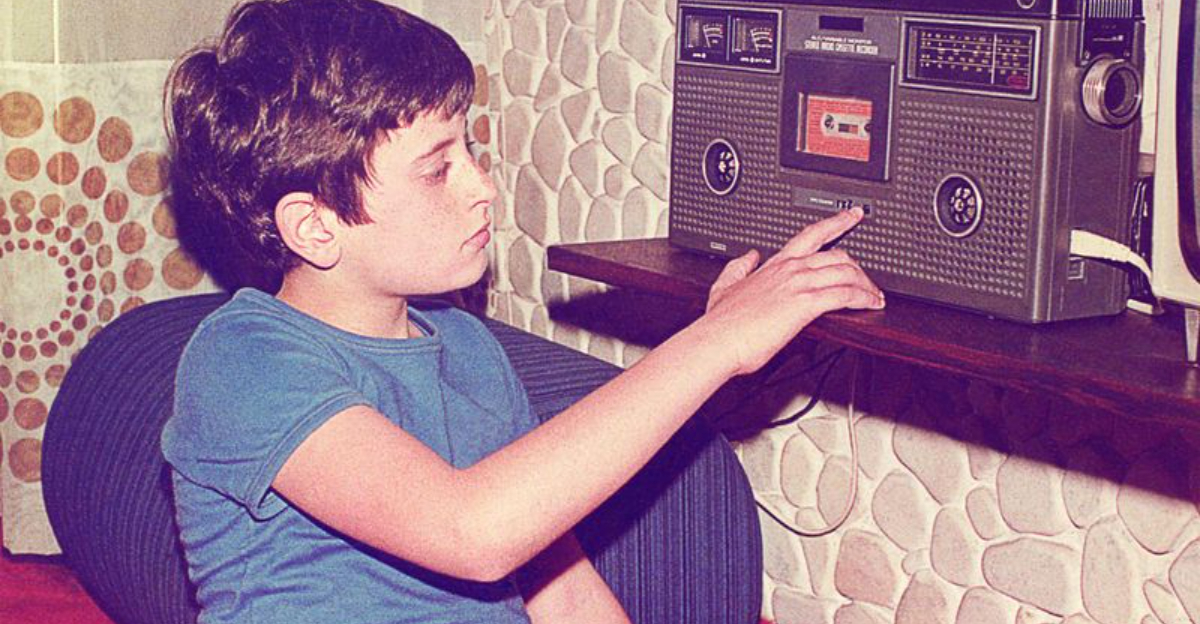
Ah, the 1970s—a groovy era where bell-bottoms swayed on the dance floor, disco reigned supreme, and the audio cassette tape was the ultimate symbol of portable music cool.
Long before streaming and playlists, these little plastic gems held the soundtrack to our lives. As someone who spent countless hours perfecting the ultimate mixtape—pressing “record” at just the right moment, or hovering near the radio to catch that one elusive song—I can tell you the cassette experience was part joy, part frustration, and all heart.
Each tape was a personal masterpiece, a labor of love that could make or break a road trip or teenage crush. Whether you were dubbing albums, trading tapes with friends, or dealing with the heartbreak of a tangled ribbon, cassette culture was a rite of passage.
So dust off that old tape deck and hit rewind—we’re diving into 15 essential tips to relive those analog glory days!
1. Always Label Your Tapes
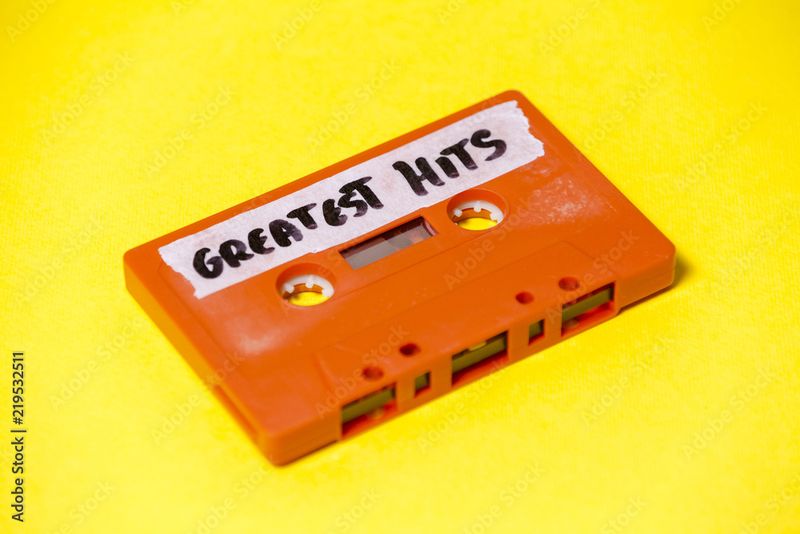
Labeling your cassette tapes wasn’t just a suggestion; it was a survival tactic. Imagine the horror of recording over your prized bootleg of Dark Side of the Moon!
Even today, the thought sends shivers down my spine. Back then, a simple slip of paper and a pen were your best insurance against disastrous mix-ups. The trick was making sure your labels were as permanent as your love for the music.
I remember spending evenings crafting the perfect label, complete with little doodles. Each tape was a masterpiece, and losing one felt like losing a part of yourself. If you’ve ever mistaken ABBA for Zeppelin, you’ll know the crucial role of a good label.
2. Use a Pencil to Rewind
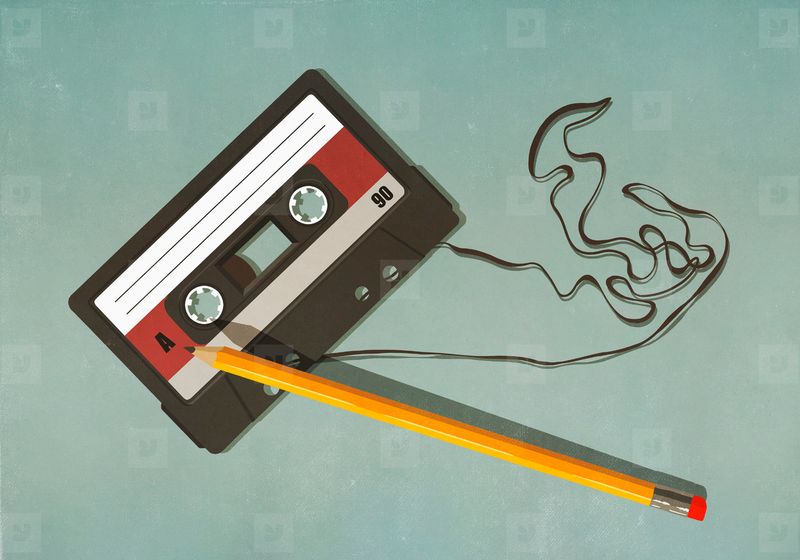
Rewinding a tape with a pencil was the ultimate low-tech solution, yet there was something deeply satisfying about it. You’d insert the pencil into the cassette’s spool and give it a spin, feeling like an audio wizard as the tape obediently wound back into place.
This trick saved precious battery life, and who didn’t enjoy a little manual labor? I still remember the sense of accomplishment I felt every time I used this method. It was almost meditative—a quiet moment of respite in the midst of a hectic day.
Plus, it was the perfect way to keep your pencils sharp, both literally and figuratively.
3. Don’t Leave Tapes in the Sun
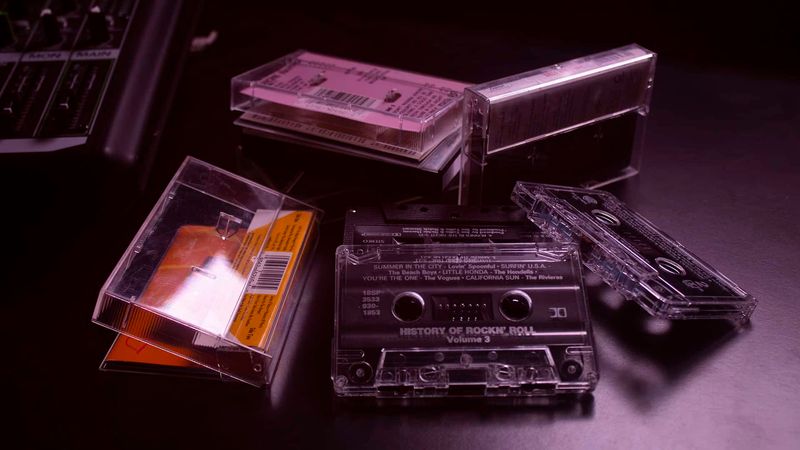
Leaving your tapes in the sun was a fast track to a symphony of warp and garble. Picture this: you toss your favorite tape on the dashboard, and by the afternoon, it sounds like the Bee Gees are doing a duet with a melting robot.
Those poor tapes didn’t stand a chance against the sun’s relentless rays. I learned this lesson the hard way when my favorite compilation turned into a distorted mess.
It’s a good reminder that sometimes, a little shade is all you need to keep the music playing smoothly. You never wanted to hear “Stayin’ Alive” at half-speed, trust me.
4. Break the Tabs to Prevent Recording Over
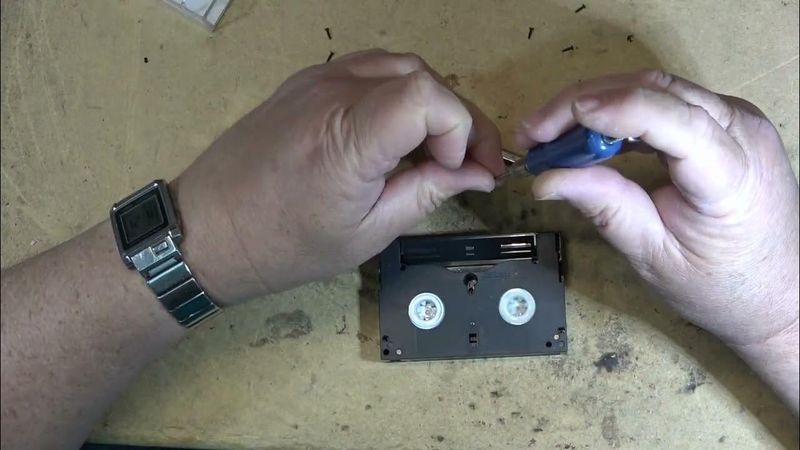
Breaking the tabs on your cassette tapes was the old-school way of saying, “Hands off!” Snapping those little plastic pieces was a satisfying act of permanence.
Once they were gone, you could rest easy knowing your mixtape masterpiece was safe from accidental erasure. It was a rite of passage, a small but crucial step in safeguarding your sonic treasures.
I remember the first time I broke those tabs; it felt like I was officially part of the cassette club. It’s a simple trick, but it’s the kind of wisdom you carry with you, even as technology marches on.
5. Record from the Radio with Ninja-Like Timing
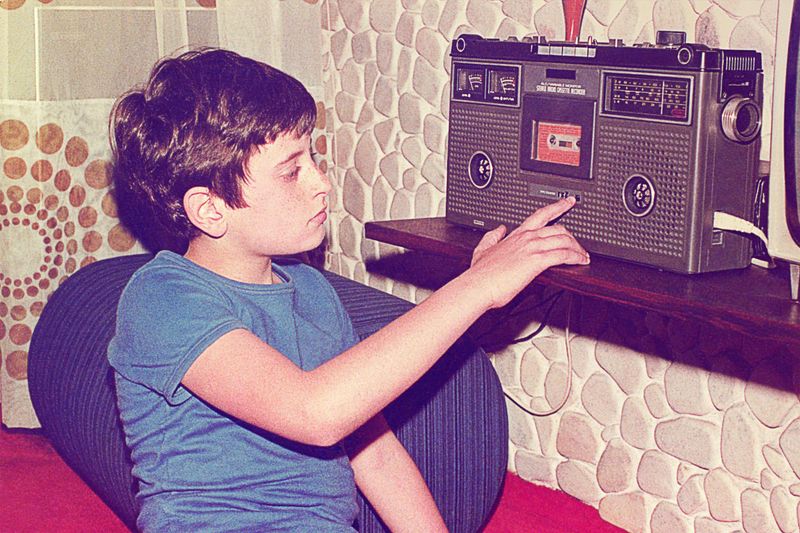
Recording from the radio required the precision of a ninja and the patience of a saint. You’d hover over the record and pause buttons, waiting for that perfect moment when the DJ finally stopped talking.
Timing was everything, and missing the intro of your favorite song was a tragedy that could ruin your day. I spent many a Saturday afternoon glued to my radio, ready to pounce at the first note of a hit song.
It was a delicate dance, but the reward was a mixtape filled with beloved tracks and very few DJ interruptions. It was the original playlist creation, and oh, the satisfaction it brought!
6. Keep the Cases — Always
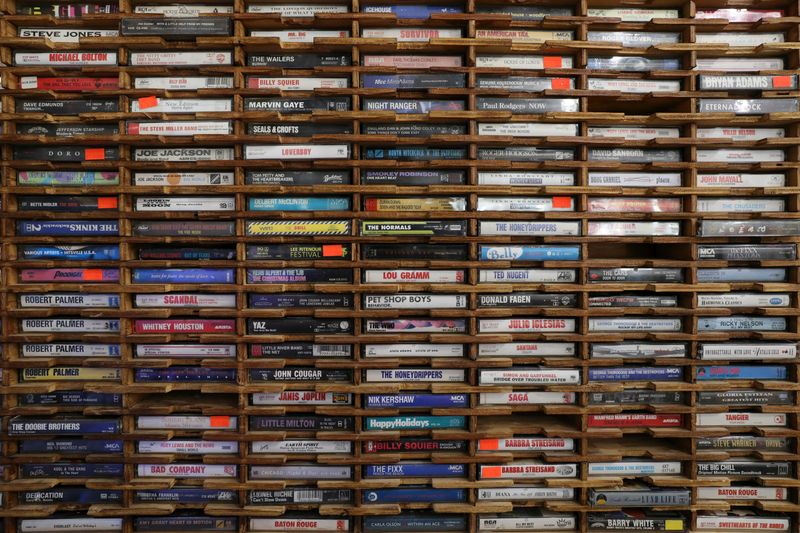
Keeping your cassette tapes in their cases was like tucking them into bed at night. It was a simple act of care that prevented scratches, dust, and other mishaps.
I had a special place for my tapes, a neat little row where they sat like soldiers, ready for duty. The cases were as much a part of the experience as the music itself.
Once I lost a case, and it felt like losing a sock—where does it go? The world may never know. But keeping them safe was a badge of honor for any true music lover.
7. Use Type II (Chrome) Tapes for Better Sound
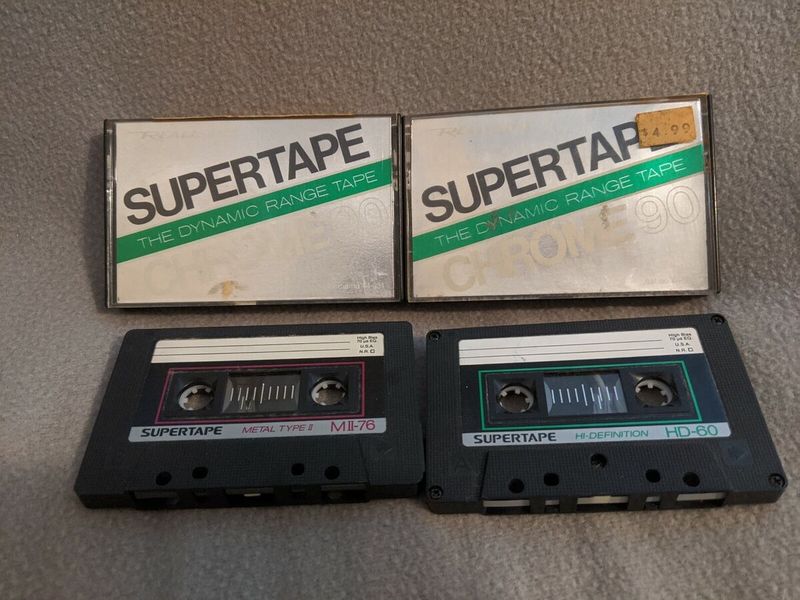
In the world of cassette tapes, not all were created equal. Type II (chrome) tapes were the Rolls-Royce of the audio world, delivering a clarity that made every guitar riff and vocal harmony shine.
These tapes made your music sound as fresh as a cool breeze on a summer day. When I first upgraded to chrome, it was like hearing my favorite songs for the first time.
The difference in sound quality was undeniable, and my ears were forever grateful. Investing in these tapes was like buying a front-row ticket to your personal concert.
8. Store Vertically to Avoid Warping
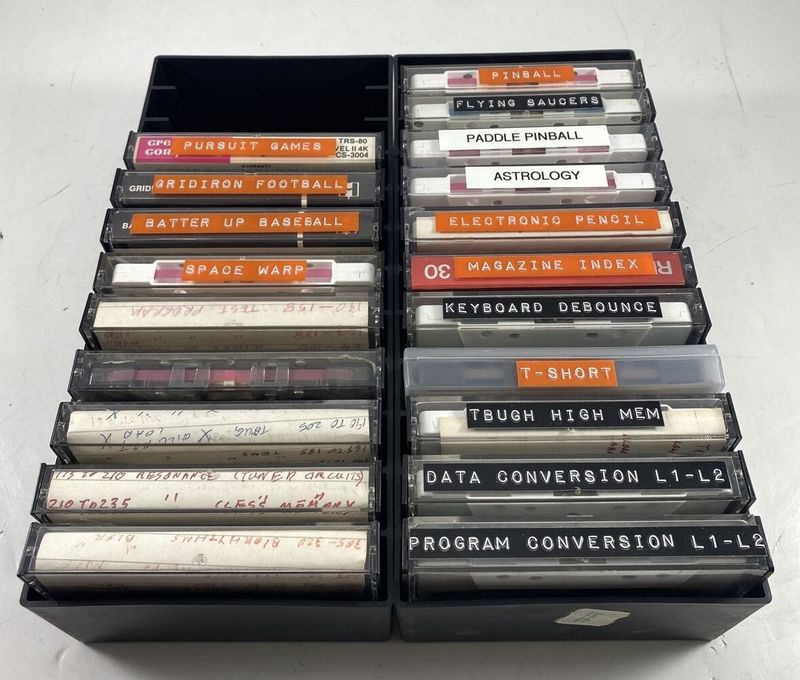
Storing your tapes vertically was the secret to keeping them in top shape. Horizontal stacking was a rookie mistake that led to warping and heartache.
Picture a Jenga tower of audio delight, each tape sitting snugly in its case. I learned this trick from a friend who had shelves lined with perfectly preserved tapes. It was as if his collection was a museum exhibit, each tape a relic of musical history.
Vertical storage was more than smart—it was essential for anyone who valued their tapes as much as their tunes.
9. Clean Your Tape Heads with Rubbing Alcohol
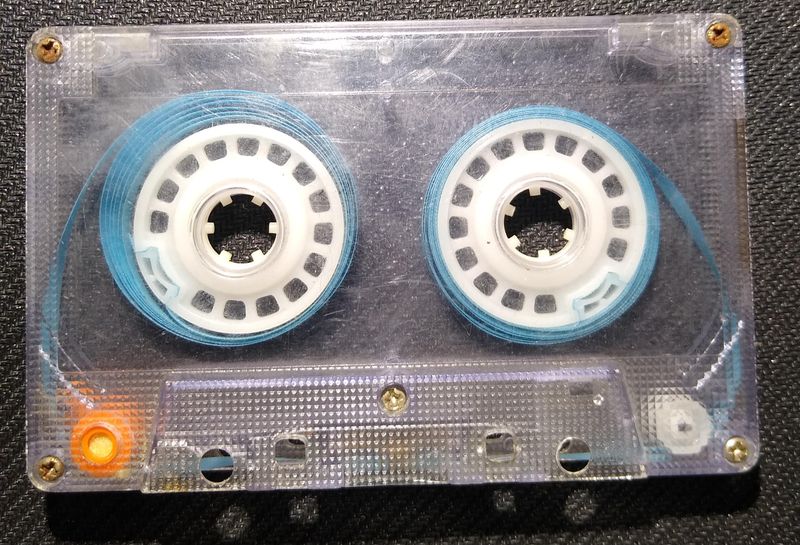
Clean tape heads were the unsung heroes of hi-fi sound. Using rubbing alcohol to keep them free from grime was a ritual that every true audiophile embraced.
The difference was like night and day; muddy audio turned crisp and clear with just a few swipes of a cotton swab.
I remember the first time I cleaned my tape deck—it was like lifting a veil from my music. The sound was pure, and my tapes sang like never before. It was a simple maintenance task, but the payoff was music to my ears.
10. Don’t Fast-Forward or Rewind Too Much
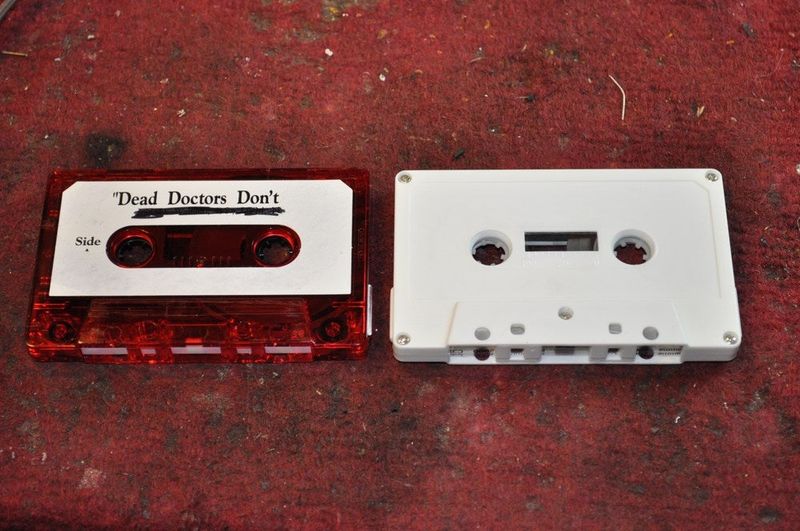
Excessive fast-forwarding and rewinding was the quick path to tape tragedy. “It stretches the tape,” warned everyone’s cousin who knew a guy.
Those words echoed in my mind every time I was tempted to skip a song. Patience was a virtue, and I learned to embrace the art of the slow listen.
Letting the tape play through was like a musical journey, each song leading naturally into the next. It taught me to appreciate the album as a whole, rather than just a collection of singles.
11. Side B Is Where the Deep Cuts Live
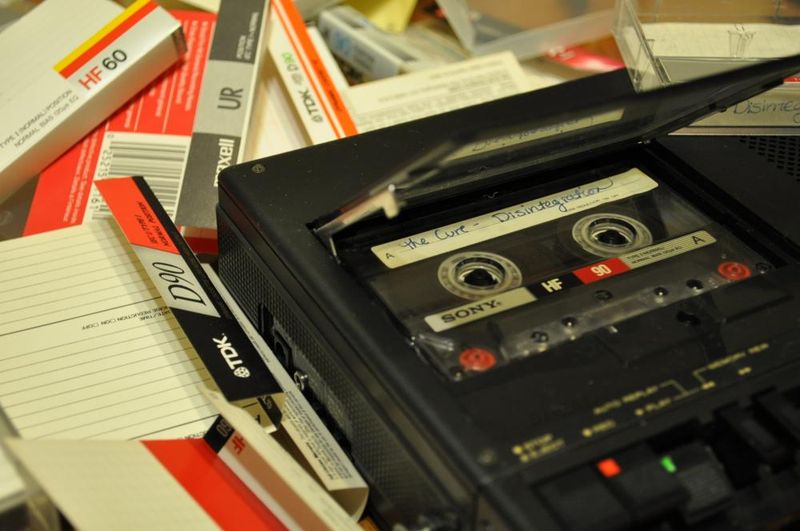
Side B was the treasure trove of hidden gems, where the deep cuts lived and breathed. Flipping the tape was like unlocking a secret world of music, tracks that often became the unsung heroes of your collection.
I always looked forward to discovering new favorites on the flip side. It was where the artists dared to experiment, and sometimes, the B-sides became more beloved than the hits.
There was something thrilling about the unknown, and each tape was a new adventure waiting to be unspooled.
12. Avoid Cheap Tapes — They Eat Your Music

Cheap tapes were the bane of any music lover’s existence, notorious for eating your favorite tracks without warning. Investing in quality tapes was like buying peace of mind.
I learned the hard way when a bargain bin tape turned my beloved mix into a mangled mess. It was a painful lesson, but one that taught me to value quality over quantity.
Sticking to trusted brands kept my music safe and sound, and the extra cost was worth every penny for the peace of mind.
13. Splice Broken Tape with Scotch Tape
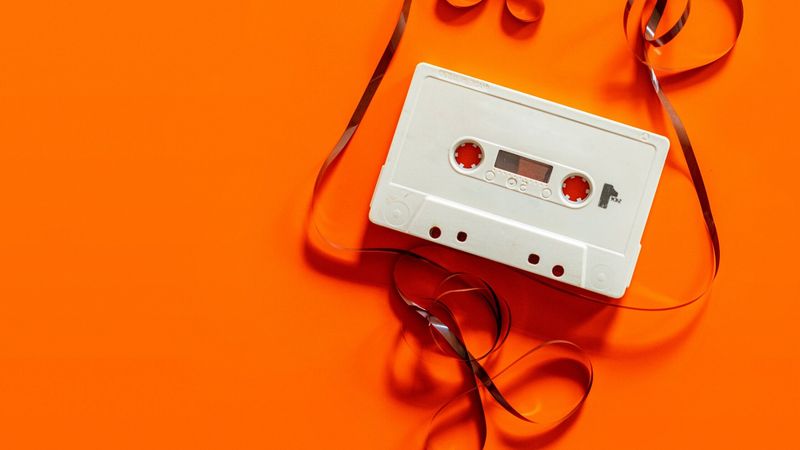
Splicing a broken tape with Scotch tape was like performing delicate surgery. It was an art form, a test of patience and precision.
I remember sitting at the table, scissors in hand, carefully aligning the broken ends. It was a moment of triumph when the tape played smoothly once more.
This skill was a badge of honor among tape enthusiasts, a testament to our dedication to preserving music. Like a phoenix rising from the ashes, a spliced tape was a symbol of resilience and creativity.
14. Pause Button = Best Friend
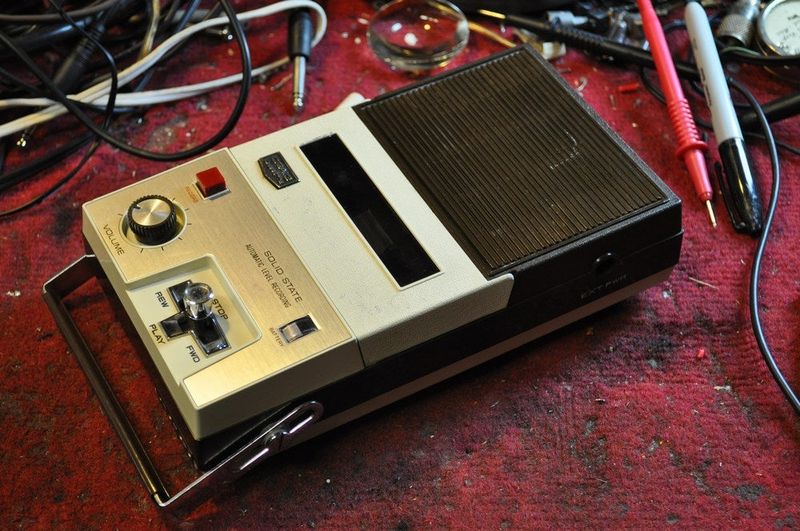
The pause button was the unsung hero of cassette recording, a tool that allowed you to skip ads or those cringe-worthy DJ interruptions.
It was a simple button, but it held the power to craft a seamless listening experience. I spent countless hours with my finger poised over it, ready to capture the perfect moment.
It was the key to creating mixtapes that flowed effortlessly, each song blending into the next without a hitch. The pause button was my best friend, a partner in the pursuit of musical perfection.
15. Make the Perfect Mixtape with a Theme

Crafting the perfect mixtape was an art, and having a theme was the secret ingredient. Whether it was heartbreak, cruising, or parties, each tape was a carefully curated journey.
I loved creating tapes that captured a mood, a memory, or a moment in time. Each one was a unique expression of creativity, a legacy in plastic form.
Themed mixtapes were like time capsules, preserving the essence of an era. They were gifts to friends, tokens of affection, and ultimate expressions of musical taste.
